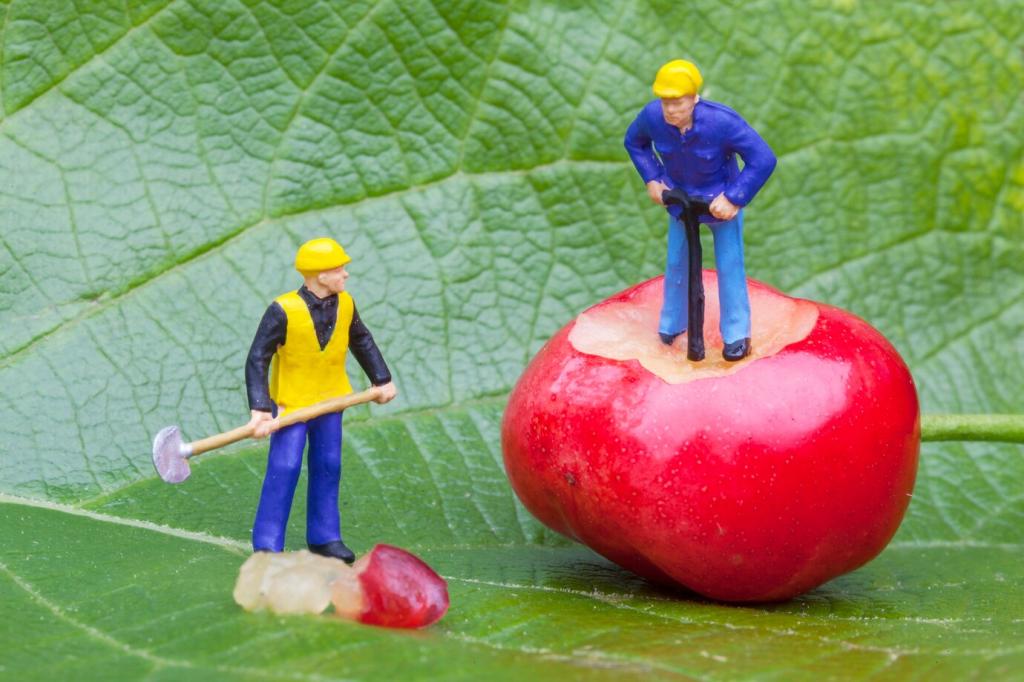A Greener Clean: Habits That Make a Visible Difference
Set a daily timer and glide a biodegradable wipe over high-touch areas like side tables, armrests, and shelf edges. You’ll tame dust before it settles and keep surfaces visually calm with minimal effort.
A Greener Clean: Habits That Make a Visible Difference
Choose one furniture zone each weekend—living room cabinetry, dining chairs, or nightstands. A measured wipe-down prevents buildup, making seasonal deep cleans faster and more satisfying, while conserving wipes and your free time.








